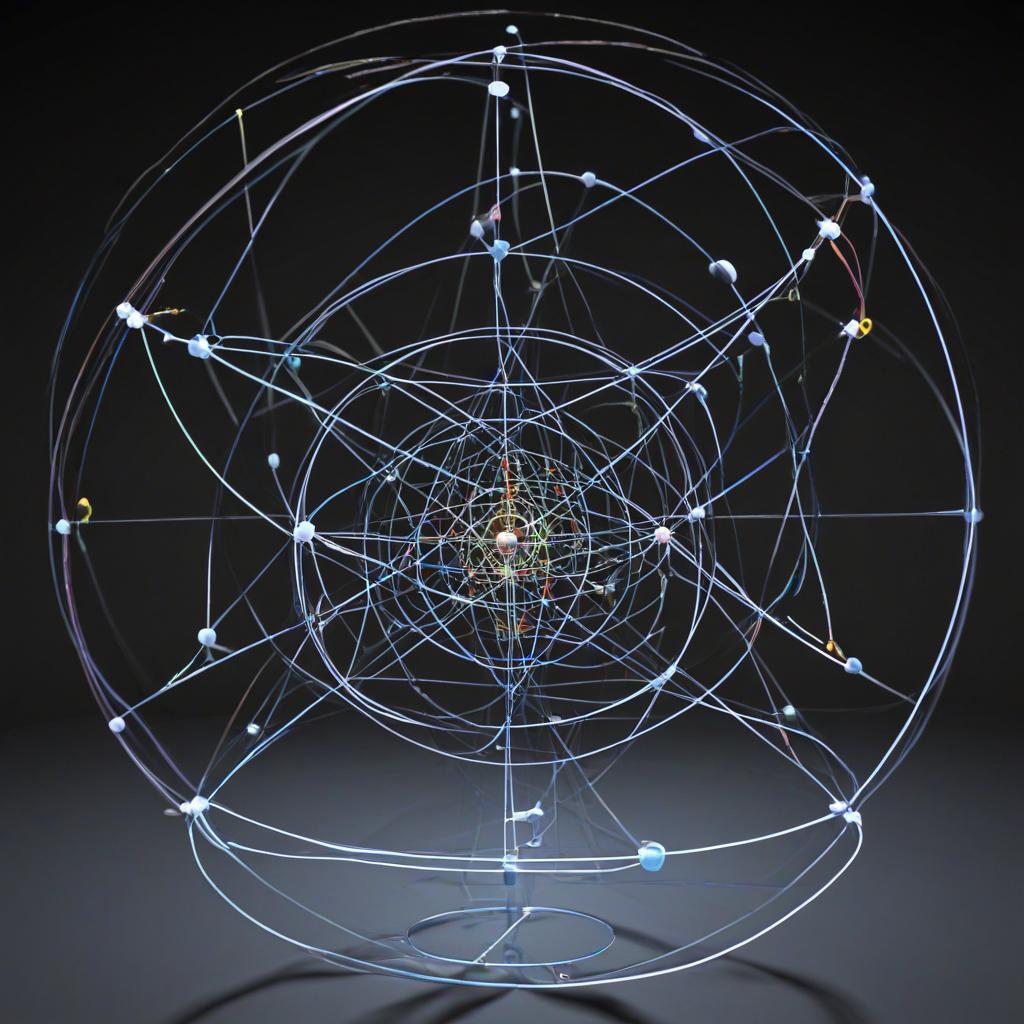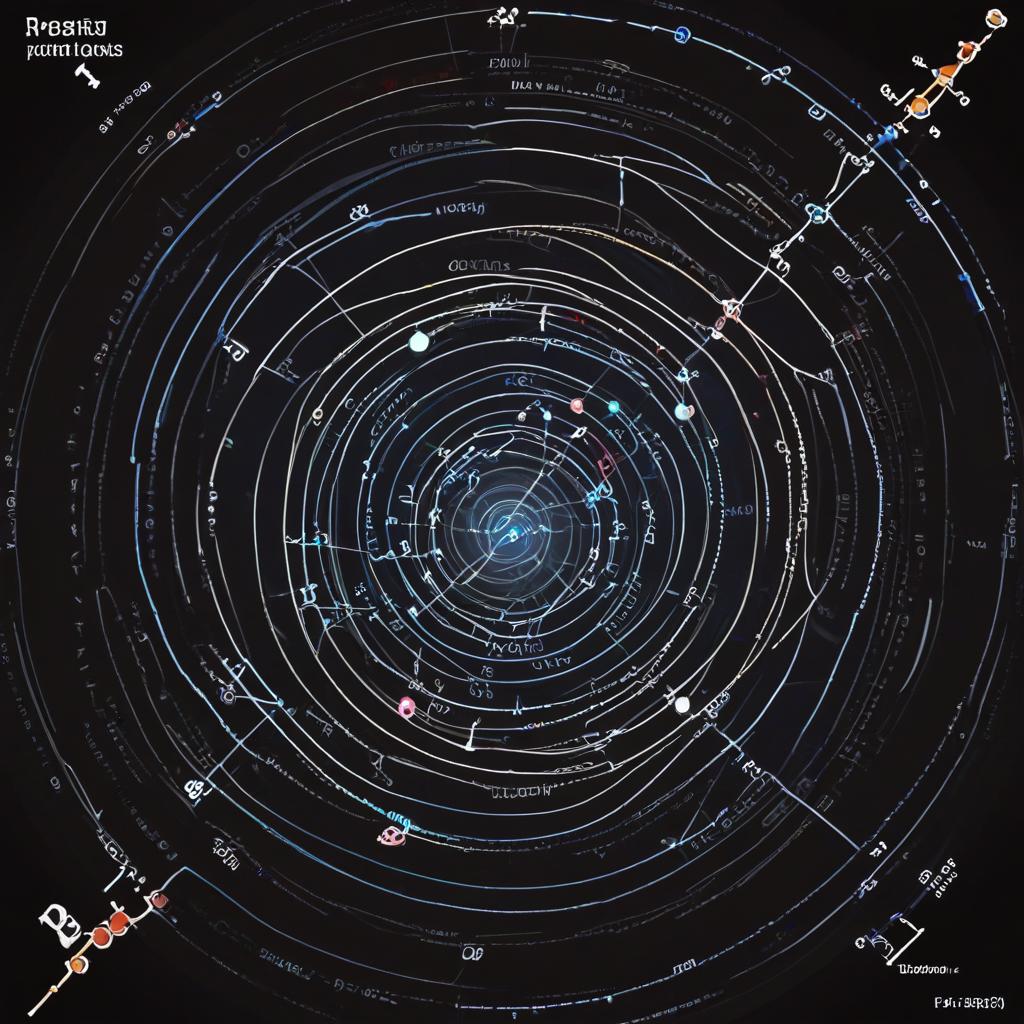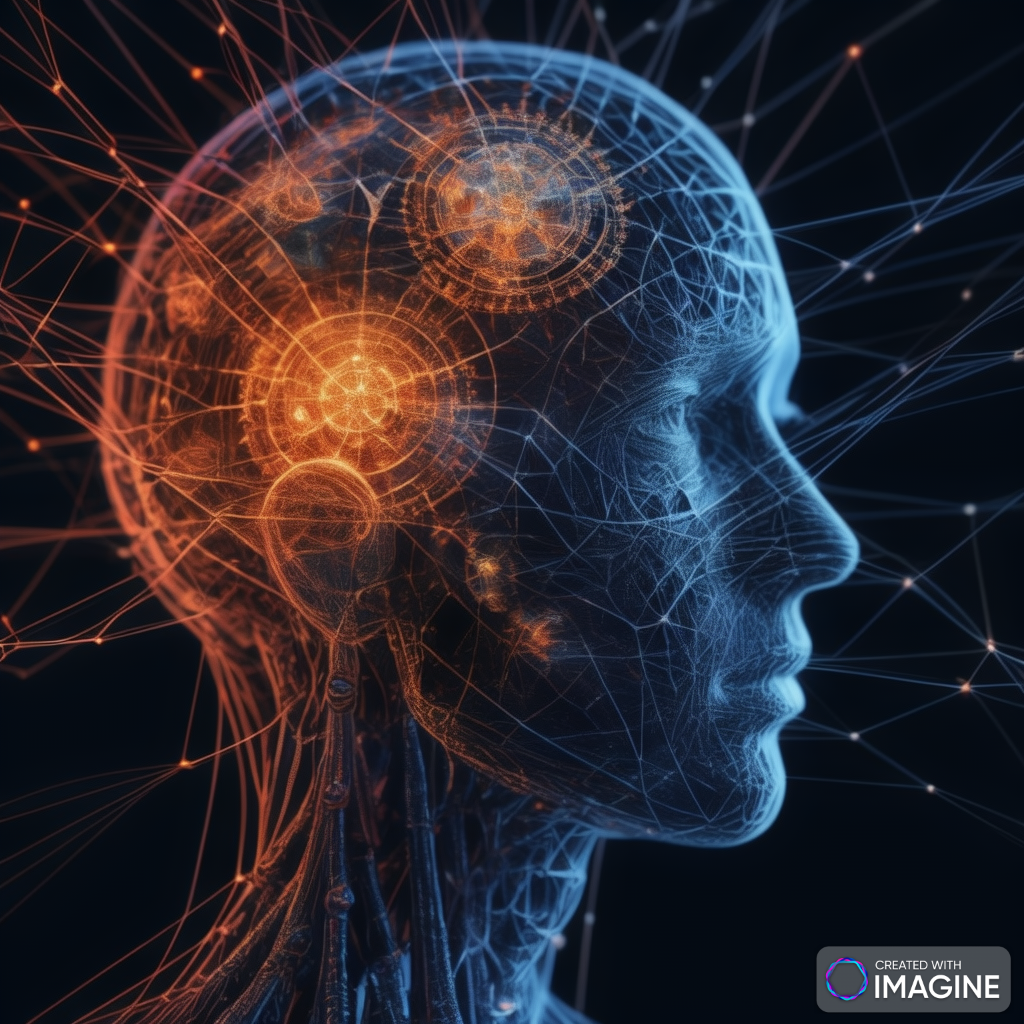Principles of Information Theory: Unlocking the Secrets of Communication
Information theory, a field pioneered by Claude Shannon in the mid-20th century, is the mathematical framework that underpins the transmission, processing, and storage of information. This theory provides the foundation for understanding how data can be efficiently communicated and accurately reconstructed at its destination, despite the presence of noise and other interferences. In this blog post, we’ll delve into the key principles of information theory, explore its fundamental concepts, and highlight its applications in modern technology.
Information theory, introduced by Claude Shannon in 1948, revolutionized the understanding of how information can be measured, transmitted, and processed. This field lays the foundation for numerous technological advancements by addressing fundamental questions about data efficiency, noise management, and optimal encoding. In this expanded discussion, we’ll explore additional aspects of information theory, diving deeper into its principles, broader applications, and the ongoing evolution in the digital age.
What is Information Theory?
 is a branch of applied mathematics and electrical engineering involving the quantification, storage, and communication of information. The primary goals of information theory are to define and measure information, to determine the limits on information processing capabilities, and to devise optimal methods for encoding and transmitting data.
is a branch of applied mathematics and electrical engineering involving the quantification, storage, and communication of information. The primary goals of information theory are to define and measure information, to determine the limits on information processing capabilities, and to devise optimal methods for encoding and transmitting data.
Fundamental Concepts
- Entropy:
- Entropy is a measure of the uncertainty or randomness in a system. In information theory, it quantifies the amount of information contained in a message. Higher entropy indicates more unpredictability and thus more information content.
- Formula: H(X)=−∑ip(xi)logp(xi)H(X) = – \sum_{i} p(x_i) \log p(x_i)H(X)=−∑ip(xi)logp(xi) where H(X)H(X)H(X) is the entropy of a random variable XXX with possible outcomes xix_ixi and probability p(xi)p(x_i)p(xi).
- Information:
- Information can be viewed as the reduction in uncertainty. When a message is received, it provides information by reducing the number of possible outcomes.
- The amount of information, or self-information, associated with an event xxx is given by: I(x)=−logp(x)I(x) = – \log p(x)I(x)=−logp(x).
- Mutual Information:
- Mutual information measures the amount of information that one random variable contains about another. It quantifies the reduction in uncertainty about one variable given knowledge of another.
- Formula: I(X;Y)=H(X)−H(X∣Y)I(X; Y) = H(X) – H(X|Y)I(X;Y)=H(X)−H(X∣Y) where H(X∣Y)H(X|Y)H(X∣Y) is the conditional entropy of XXX given YYY.
- Channel Capacity:
- Channel capacity is the maximum rate at which information can be reliably transmitted over a communication channel. This concept is central to designing efficient communication systems.
- Shannon’s Channel Capacity Theorem: C=maxp(x)I(X;Y)C = \max_{p(x)} I(X; Y)C=maxp(x)I(X;Y) where CCC is the channel capacity and I(X;Y)I(X; Y)I(X;Y) is the mutual information between the input XXX and output YYY.
- Noise and Error Correction:
- Noise introduces errors in the transmission of information. Information theory provides methods for designing error-correcting codes that can detect and correct errors, ensuring reliable communication.
- Error-correcting codes: Techniques such as Hamming codes, Reed-Solomon codes, and convolutional codes are used to add redundancy to the transmitted data, allowing the receiver to identify and correct errors.
Applications of Information Theory
- Digital Communication:
- Information theory is the backbone of modern digital communication systems, including the Internet, mobile networks, and satellite communications. It ensures that data is transmitted efficiently and accurately across these networks.
- Data Compression:
- Techniques like Huffman coding and Lempel-Ziv-Welch (LZW) compression are derived from information theory principles to reduce the size of data for storage and transmission without losing significant information.
- Cryptography:
- Information theory provides the theoretical foundations for designing secure encryption schemes that protect data from unauthorized access and ensure confidentiality.
- Machine Learning and AI:
- In machine learning, information theory concepts such as entropy and mutual information are used for feature selection, model evaluation, and understanding the flow of information within neural networks.
- Biological Systems:
- Information theory has applications in understanding genetic information processing, neural coding in the brain, and communication among cells and organisms.
The Engineering Behind Information Theory
- Coding Theory: Developing efficient encoding and decoding algorithms to compress data and correct errors.
- Signal Processing: Designing systems that process, filter, and transmit signals to optimize the use of communication channels.
- Algorithm Design: Creating algorithms that can handle large datasets and perform complex computations efficiently.
The Future of Information Theory
As technology advances, the principles of information theory will continue to play a crucial role in emerging fields such as quantum computing, where new forms of information processing and communication are being explored. The integration of information theory with artificial intelligence will lead to smarter and more efficient systems capable of handling vast amounts of data in real-time.
Deeper Dive into Fundamental Concepts
- Redundancy:
- Redundancy refers to the inclusion of extra bits or symbols in the message that are not necessary for conveying the core information but help in error detection and correction. It is crucial in enhancing the reliability of data transmission.
- Examples: Repetition codes, parity checks, and cyclic redundancy checks (CRC) are common methods to introduce redundancy.
- Shannon’s Source Coding Theorem:
- This theorem states that the average length of the most efficient encoding scheme is at least the entropy of the source. It provides a benchmark for the best possible compression rate.
- Implication: Any compression algorithm must respect this theoretical limit, meaning the entropy of the source sets a minimum bound on the achievable compression.
- Shannon’s Noisy-Channel Coding Theorem:
- This theorem asserts that for any given degree of noise contamination of a communication channel, it is possible to communicate information nearly error-free up to a computable maximum rate, known as the channel capacity.
- Practical Insight: This theorem guides the design of communication systems to approach the theoretical limits of channel capacity despite noise.
- Kolmogorov Complexity:
- This concept, also known as algorithmic entropy, measures the complexity of a string based on the length of the shortest possible description or program that can generate it. It ties into information theory by assessing the randomness and compressibility of data.
- Application: Used in areas like data compression and cryptography to evaluate the complexity and predictability of information.
Broader Applications of Information Theory
- Network Information Theory:
- This field extends information theory to the analysis and optimization of data networks, considering factors such as network topology, protocols, and multi-user communication.
- Key Developments: Multiple access channels, broadcast channels, and relay networks are studied to enhance the efficiency of data transmission in complex network environments.
- Quantum Information Theory:
- This emerging discipline applies principles of information theory to quantum systems, where information is stored and processed using quantum bits (qubits).
- Implications: Quantum information theory promises to revolutionize computing and communication by enabling faster processing and secure quantum cryptography.
- Biological Information Theory:
- Information theory provides insights into biological processes, such as genetic coding and neural information processing, by quantifying how information is stored, transmitted, and evolved in biological systems.
- Research Areas: Studies on DNA sequencing, brain communication networks, and sensory information processing leverage information theory to understand and mimic biological efficiency.
- Linguistics and Language Processing:
- The principles of information theory help analyze linguistic structures, predict language patterns, and improve natural language processing algorithms.
- Tools: Entropy measures the complexity and predictability of languages, aiding in developing efficient compression algorithms and enhancing machine translation systems.
Engineering and Implementation
- Turbo Codes and LDPC Codes:
- Advanced error-correcting codes such as Turbo codes and Low-Density Parity-Check (LDPC) codes provide near-capacity performance, significantly improving data transmission reliability.
- Applications: Widely used in mobile communications, satellite links, and deep-space communication systems.
- Modulation Techniques:
- Techniques such as Quadrature Amplitude Modulation (QAM) and Phase-Shift Keying (PSK) optimize the transmission of information by varying signal parameters, enhancing data rates and robustness against noise.
- Innovation: These techniques enable high-speed data communication in wireless and broadband networks.
- Compression Algorithms:
- Algorithms like LZW, JPEG, and MPEG leverage information theory to reduce the size of data files while preserving essential information, enabling efficient storage and transmission of images, audio, and video.
- Efficiency: Compression algorithms balance between compression ratio and computational complexity to achieve optimal performance.
Future Prospects and Challenges
- Adaptive Coding and Modulation:
- Future communication systems will increasingly use adaptive techniques to dynamically adjust coding and modulation schemes based on real-time channel conditions, maximizing throughput and reliability.
- Research Focus: Developing algorithms that can quickly and efficiently adapt to varying conditions remains a significant area of innovation.
- Integration with Machine Learning:
- Machine learning models can be enhanced with information theory principles to optimize data encoding, transmission, and error correction processes.
- Example: Using entropy-based metrics to evaluate and select features for machine learning models, improving their predictive performance and robustness.
- Global Connectivity and Internet of Things (IoT):
- Information theory will play a crucial role in managing the massive amount of data generated by IoT devices, ensuring efficient communication and processing.
- Challenges: Addressing issues related to scalability, security, and energy efficiency in large-scale IoT networks.
- Ethical and Privacy Considerations:
- As information theory advances, ensuring data privacy and security becomes increasingly important, especially with the growing use of personal data in communication systems.
- Regulations: Developing frameworks and standards that protect user data while enabling innovation is a critical ongoing effort.
Conclusion
Information theory is a cornerstone of modern communication and data processing technologies. By understanding its principles and applications, we can appreciate the complexity and ingenuity behind the systems that enable our digital world. As we move forward, the continued evolution of information theory will drive innovation and help solve new challenges in communication and data management.
Information theory continues to be a driving force behind modern communication and data processing technologies. Its principles guide the design and optimization of systems that form the backbone of our digital world. As we move into an era of quantum computing, global connectivity, and intelligent systems, the evolution of information theory will remain integral to addressing the challenges and opportunities of the future.






